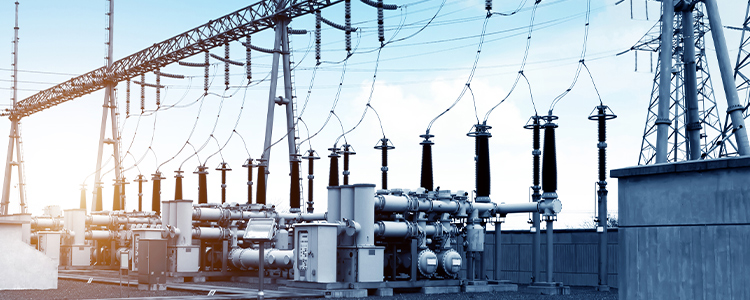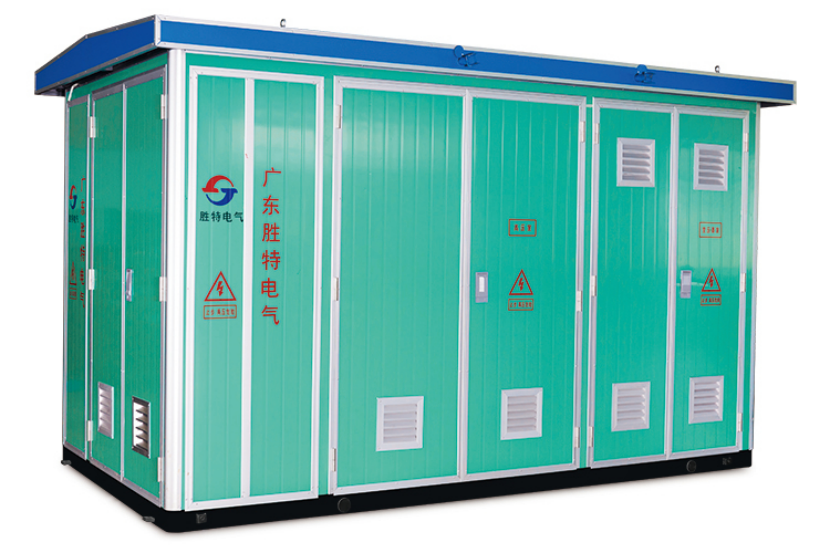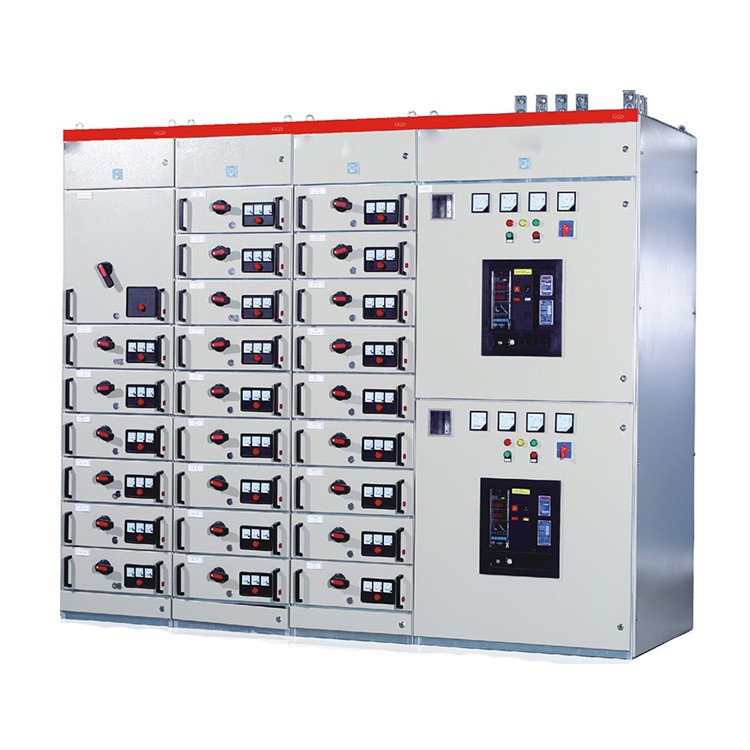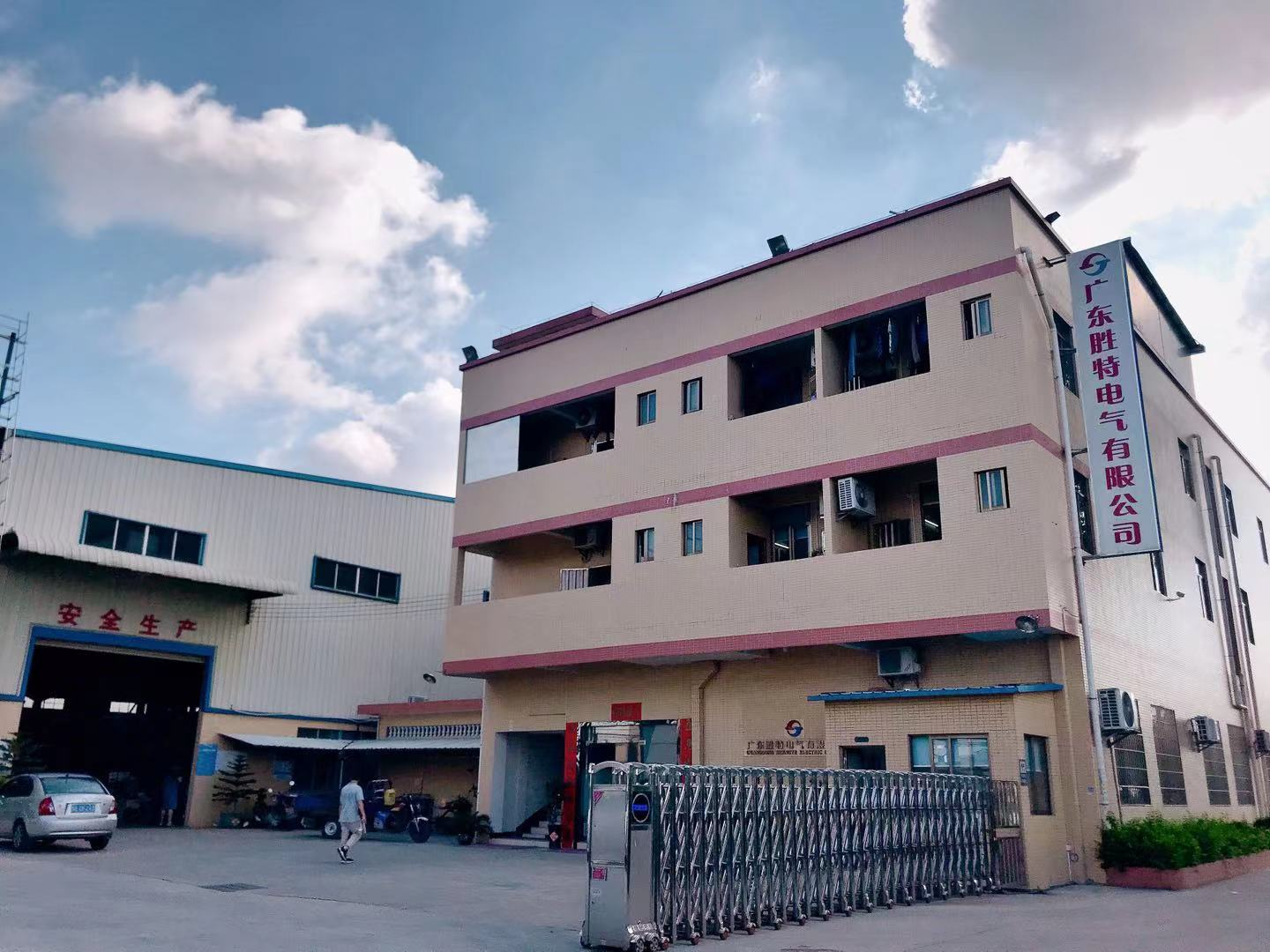- All
- Product Name
- Product Keyword
- Product Model
- Product Summary
- Product Description
- Multi Field Search


Views: 0 Author: Site Editor Publish Time: 2025-09-11 Origin: Site
In today’s world of electrical systems, switchgear plays a vital role in managing, safeguarding, and separating electrical devices. With the rising need for power in factories, cities, and towns, it’s important for engineers, building supervisors, and planners to know the differences between low voltage (LV) and medium voltage (MV) switchgear. This piece dives into the main contrasts between LV and MV switchgear, their parts, uses, and tips for picking the best setup for your project.

Electrical Switchgear refers to a grouped set of tools like switches, fuses, or circuit breakers. These are used to handle, protect, and cut off electrical equipment. Such systems are key to making sure electricity flows safely in different places.
Switchgear acts as the core of power setups. It allows safe disconnection when repairs are needed or during faults. It keeps services running smoothly while shielding both gear and people from electrical dangers.
Switchgear is often sorted by the voltage it works with:
· Low Voltage (LV): up to 1 kV
· Medium Voltage (MV): 1 kV to 36 kV
· High Voltage (HV): above 36 kV
This grouping helps decide where each kind fits best, based on safety needs and power capacity.
Low voltage switchgear is often seen in homes, shopping areas, and small factories. It works well with common utility power levels.
LV switchgear usually runs below 1 kV. Most times, it’s at 380V or 400V. It handles power sharing in houses, workplaces, malls, schools, and tiny plants.
An average LV setup has various safety and control tools. These are made for simple use and care.
Circuit breakers stop the flow of power if there’s too much load or a short. They’re crucial for keeping other equipment safe from harm.
These parts deal with switching tasks from a distance or on their own. Relays spot odd issues, while contactors manage big power loads.
Fuses offer basic safety by melting if the power gets too high. Disconnectors let workers manually cut off power for repair jobs.
The GGD type AC low voltage switchgear is built for AC 50Hz systems. It has a rated voltage of 380V and can handle currents up to 3150A. It shines in power switching, sharing, and control in places like power plants, substations, and industrial zones.

LV switchgear fits well indoors where power needs aren’t too high. It powers lights, air conditioning, lifts, office tools, and other basic needs in a safe and effective way.
As setups grow bigger—like in huge plants or power grids—medium voltage systems become necessary. They’re better for sending power over long stretches.
Medium voltage switchgear works between 1 kV and 36 kV. You’ll find it in big factories, mining sites, travel hubs like train stations or airports, and utility substations. It’s great for places needing more power than LV can give.
Unlike LV setups that focus on being small and easy, MV systems need strong barriers and better safety plans.
VCBs put out sparks using vacuum methods. This means less wear on parts, making them good for frequent use.
GIS uses SF6 gas to insulate inside closed units. This keeps the design tight and reliable, even in tough weather or surroundings.
Load break switches let you switch power without stopping service. Protection relays watch for issues like uneven current or ground faults. They then tell circuit breakers to act.
MV switchgear needs extra room for insulation gaps unless GIS is used. Good air flow and grounding setups are a must to keep things safe while running.
The high-voltage side comes with load switches or vacuum circuit breakers. They have full protection against errors, overloads, and short circuits.
Knowing these contrasts helps people pick the right choice based on their needs for size and safety.
LV switchgear uses basic designs with air as insulation. MV units often rely on vacuum or gas barriers due to stronger sparks when switching. MV gear is also often built in parts for easy changes.
MV setups need tougher insulation rules, like using SF6 gas or epoxy coatings, unlike the air-insulated LV boards. Workers must be ready to deal with higher fault risks safely.
MV gear usually lasts longer but needs regular checks, especially with oil-based parts. LV gear is easier to look after but might wear out faster if used a lot.
MV systems cost more at the start because of tricky designs. Yet, they grow better with needs. LV systems are cheaper first but might not handle bigger plans later on.
Picking the right system depends on things like power needs, the place it’s set up, money limits, safety rules, and plans for growth.
LV switchgear works best for:
· Homes and apartments
· Small business areas
· Schools and colleges
· Light factory units
Situations That Require MV Solutions
MV systems are needed when:
· Power use goes over several megawatts
· Long distances cause power loss at low voltages
· Safety rules call for stronger safety steps
To keep things safe for workers and ensure systems work worldwide, switchgear must follow strict industry guidelines set by global groups.
Some widely used rules are:
· IEC 62271 series (for MV)
· IEC 61439 / IEC439 (for LV)
· ANSI C37 series (North America)
These set out tests for things like electric strength, heat limits, and how long parts last.
Certified gear promises it meets quality marks, ensuring it works well in real situations. This cuts down risks of breakdowns or failures during key tasks. It follows the Ministry of Energy design rules for safety, cost, and dependability, with strong splitting ability and heat steadiness.
When looking for a supplier for switchgear needs in your project, a mix of know-how and a wide range of products is key to lasting success.

Guangdong Shengte Electric Company Limited sits in Foshan, a lovely spot with easy travel links. The focus is on green power sharing, saving energy, and protecting nature. We bring over 15 years of know-how in making transformers. Plus, we’ve earned ISO9001 quality system approval and new product recognition worldwide.
Our power sharing items cover S11 and S13 oil-immersed transformers, SCB10, SCB11, SCB12, SCB13, and SCB14 epoxy resin cast dry transformers, pre-installed substations, European-style substations, combined type transformers, American-style transformers, and high and low voltage Electrical Switchgear. SHENGTE offers everything from home LV units to heavy-duty MV substations, ensuring smooth fits for projects of any size.
Low voltage switchgear brings ease and low cost, making it great for homes and businesses. On the other hand, medium voltage options provide growth and strength, fitting industrial needs with better safety and power limits. Grasping these differences helps make smart choices that match performance goals and safety rules.
Q1: What is the main voltage difference between LV and MV switchgear?
A: The big difference is in their working ranges. LV runs below 1kV, often around 380–400V. MV goes from 1kV up to about 36kV, based on the job it’s needed for. Medium voltage switchgear usually starts at 3kV and can go up to 36kV, depending on local rules.
Q2: Can medium voltage switchgear be used in residential applications?
A: Most times, no. Medium voltage systems are made for big industrial power needs. They require special setups that don’t work in regular homes due to space issues and higher risks from faults. MV gear needs more complex setups, so it’s not right for most houses.
Q3: How do I choose between LV and MV switchgear for my project?
A: Think about stuff like total power needs, how far the power source is, your budget, safety laws, and plans for growing later. A skilled engineer should check the site before deciding on the final details. If your place needs to manage a lot of energy, then medium voltage options might be better, even if they cost more at first.
content is empty!
content is empty!